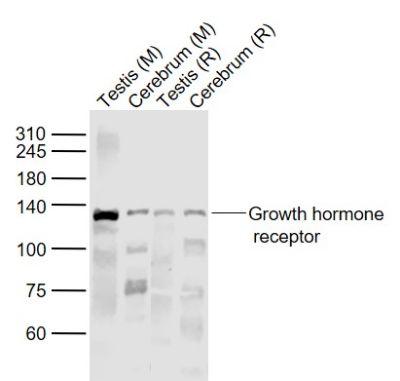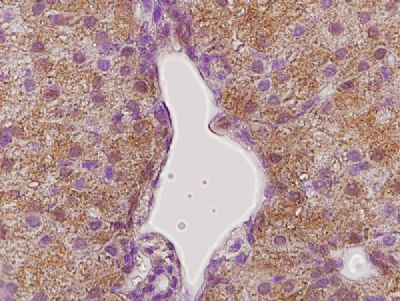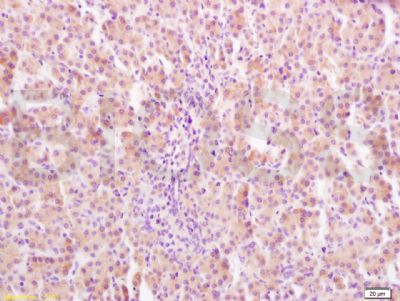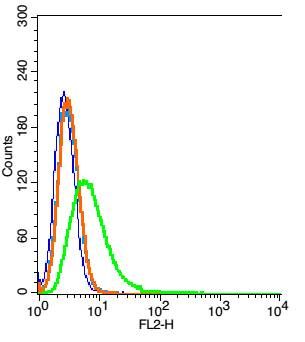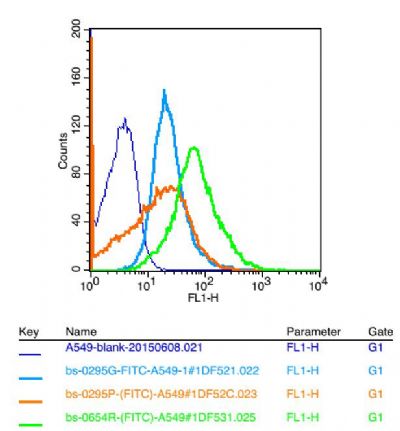[IF=0.86] Zhou et al. Effects of zearalenone on the localization and expression of the growth hormone receptor gene in the uteri of post-weaning piglets. (2018) Asian-Australas.J.Anim.Sci. 31:32-39 IHSLCP ; Pig.
[IF=2.23] Chen et al. Effect of sericin on diabetic hippocampal growth hormone/insulin-like growth factor 1 axis. (2013) Neural.Regen.Res. 8:1756-64 WB ; Rat.
[IF=3.86] Chu, Meiqiang, et al. "MicroRNA-126 participates in lipid metabolism in mammary epithelial cells." Molecular and Cellular Endocrinology (2017). WB ; Human.
[IF=1.84] Zhao, Yong, et al. "Inhibition of peripubertal sheep mammary gland development by cysteamine through reducing progesterone and growth factor production." Theriogenology (2016). WB ; Sheep.
[IF=4.24] Hetz, Jennifer A., et al. "Growth axis maturation is linked to nutrition, growth and developmental rate." Molecular and Cellular Endocrinology (2015). WB ;
[IF=2.02] Wang, Zheng, et al. "RhGH attenuates ischemia injury of intrahepatic bile ducts relating to liver transplantation." Journal of Surgical Research 171.1 (2011): 300-310. IHSLCP ; Rat.
[IF=2.51] Yang, Hai Li, et al. "Effect of suppressor of cytokine signaling 2 (SOCS2) on fat metabolism induced by growth hormone (GH) in porcine primary adipocyte." Molecular biology reports 39.9 (2012): 9113-9122. WB ; Pig.
[IF=2.445] Xie W et al. Seasonal expressions of growth hormone receptor, insulin-like growth factor 1 and insulin-likegrowth factor 1 receptor in the scented glands of the muskrats (Ondatra zibethicus). Gen Comp Endocrinol. 2019 May 20;281:58-66. IHSLCP&WB ; muskrat.
[IF=4.12] Cui et al. Generation of a miniature pig disease model for human Laron syndrome. (2015) Sci.Rep. 5:15603 WB ; Porcine.
[IF=1.27] Song, Cheng-Jun, et al. "Effects of sericin on the testicular growth hormone/insulin-like growth factor-1 axis in a rat model of type 2 diabetes." International Journal of Clinical and Experimental Medicine 8.7 (2015): 10411-10419. WB ; Rat.
